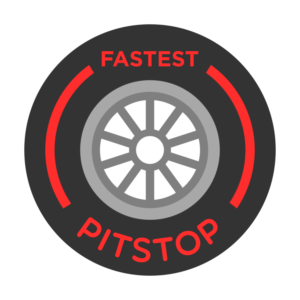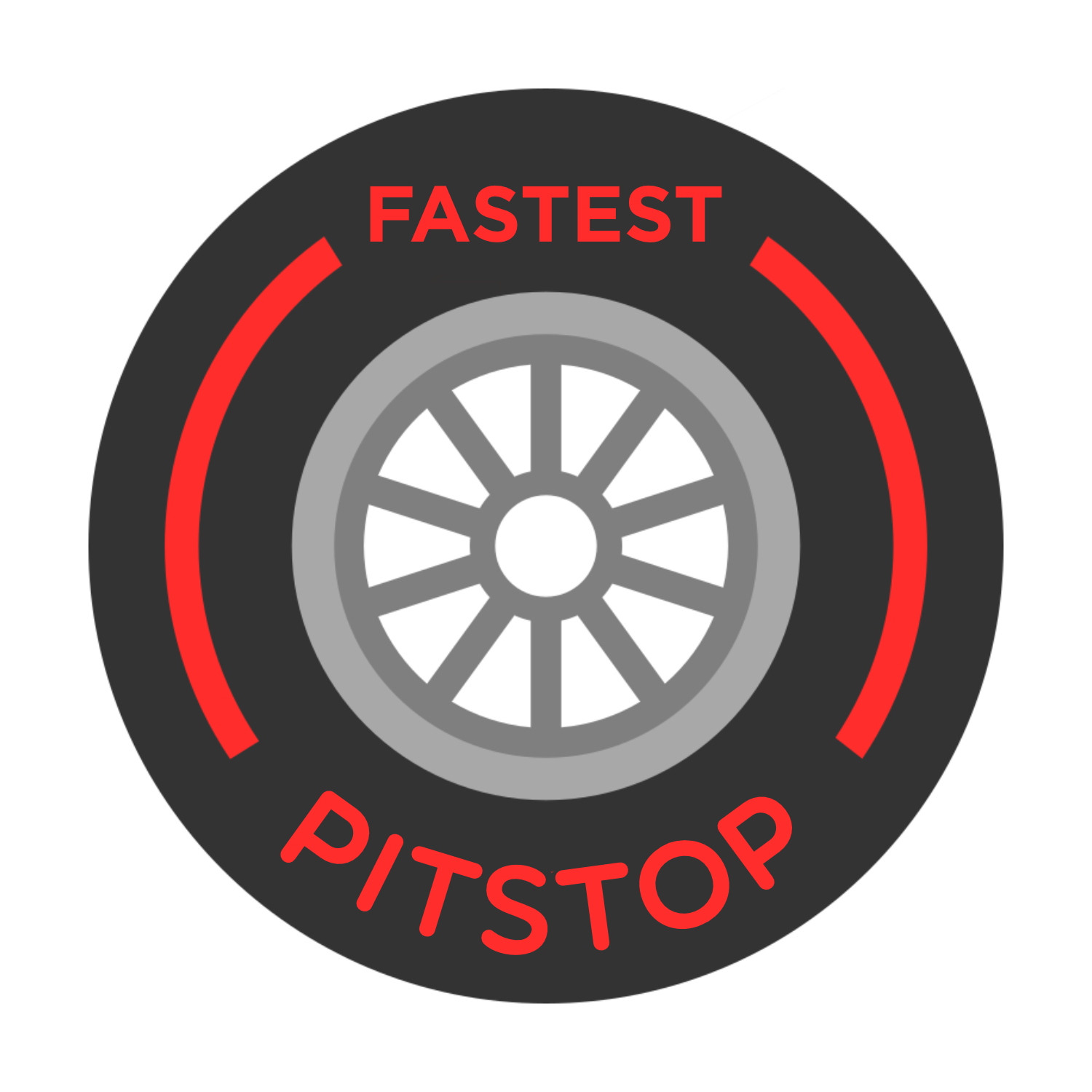The F1 2025 season has seen a notable lack of overtaking in the opening three Grand Prix. Including the sprint race in China, all four pole-sitters have gone on to win the races. The issue was highlighted in Japan when the top 6 all stayed in the same positions, and the cars couldn’t get close enough to each other to attempt a move.
This has led to criticism of F1 in its current state. The sport’s lack of overtakes is a real issue. While TV presenter Jeremy Clarkson has called for F1 to use suitable tracks for overtaking, former F1 driver Martin Brundle says the cars need to be smaller.
Jeremy Clarkson says F1 should “use tracks that are suitable” for overtaking
The Japanese GP saw few overtakes in the points positions and lacked excitement throughout. Circuits like Suzuka are notoriously difficult to overtake as the track is narrow and has only one DRS zone. The race led Jeremy Clarkson to take to social media to voice his concern.
He wrote: “I’ve had an idea to make F1 racing more consistently exciting. Don’t use tracks where overtaking is difficult. Sure. The cars are bigger, so accept that, ignore the ‘incentives’, and use tracks that are suitable. Ultimately, the revenue comes from fans.”
F1 at Risk of Becoming a ‘Quali Championship’ as Races Lack Overtakes
Classic F1 tracks, like Suzuka, Monaco and Imola, struggle to entertain fans with low overtake races. They were built for a different era of F1 cars, which were smaller and slower. Their layouts also prevent close wheel-to-wheel action, and races are seen as more of a strategic battle than fighting on track.
However, losing such iconic tracks would not be good for F1. Monaco is the jewel in the crown for the sport, and every driver wants to win in the Principality. The iconic tracks are what the drivers enjoy the most. These iconic races, like Suzuka and Spa, are packed to the rafters as fans love watching cars speeding around classic corners. So, is it the cars that need to change?
Martin Brundle says F1 cars are the issue
Former F1 driver Martin Brundle snapped back at Clarkson, claiming F1 cars were the issue and not the circuits they visit. Brundle implies that the cars do not work around the tracks and need to be changed. The Sky Sports pundit also says that not every trace can be a thriller, just like in all sports.
The 10-time podium finisher said: “From four starts this season, we’ve had four different winners. Some football matches are nil-nil. Some are last-minute 5-4 thrillers. That’s sport. Change the cars, not the tracks.”
In Suzuka, it was difficult for the drivers to close up on each other. This was mainly due to the dirty air from the car in front. That meant the driver behind lost grip and performance, meaning they would lose time through the cornering sections. Their tyres and brakes would also overheat, meaning they had to sit back to cool them down. This led to a lack of overtakes.
Nico Hulkenberg started the Japanese GP in sixteenth and also finished in that position. He was also critical of the current F1 cars, saying: “It’s so difficult with these cars. The effect of the ‘dirty air’ gets a little worse every year.”
However, the new 2026 regulations are being brought in to help combat the lack of overtakes. The cars will be narrower, have shorter wheel bases, and be 30 kg lighter. This will mean that cars can go wheel-to-wheel on narrower tracks like Suzuka and Imola. The cars are also changing aerodynamically, with changes to the underfloor and front wing, making them less vulnerable to dirty air.
Some drivers have expressed concern about the new regulations. Seven-time world champion Lewis Hamilton still believes the new cars are still too heavy, while others have said the 2026 regulations make the cars slower. Only time will tell if the cars for next season will improve racing or if it’s another false dawn.












